Orhan Arikan
Reliable Extraction of Semantic Information and Rate of Innovation Estimation for Graph Signals
Nov 10, 2022
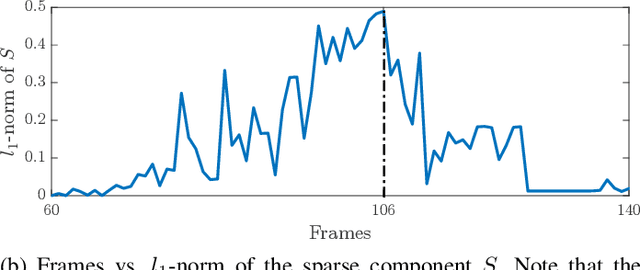

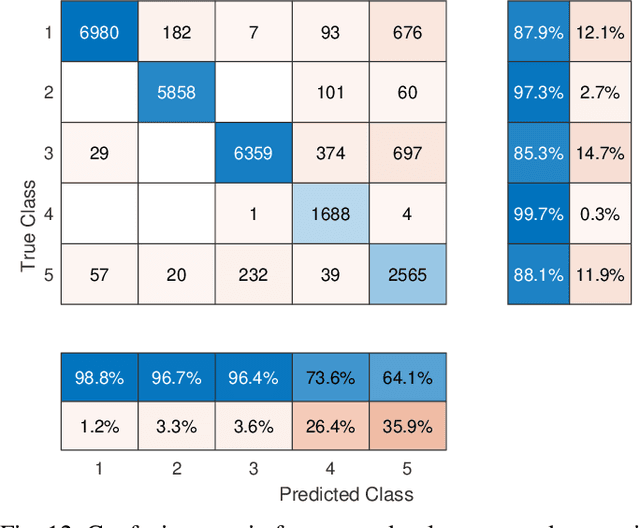
Abstract:Semantic signal processing and communications are poised to play a central part in developing the next generation of sensor devices and networks. A crucial component of a semantic system is the extraction of semantic signals from the raw input signals, which has become increasingly tractable with the recent advances in machine learning (ML) and artificial intelligence (AI) techniques. The accurate extraction of semantic signals using the aforementioned ML and AI methods, and the detection of semantic innovation for scheduling transmission and/or storage events are critical tasks for reliable semantic signal processing and communications. In this work, we propose a reliable semantic information extraction framework based on our previous work on semantic signal representations in a hierarchical graph-based structure. The proposed framework includes a time integration method to increase fidelity of ML outputs in a class-aware manner, a graph-edit-distance based metric to detect innovation events at the graph-level and filter out sporadic errors, and a Hidden Markov Model (HMM) to produce smooth and reliable graph signals. The proposed methods within the framework are demonstrated individually and collectively through simulations and case studies based on real-world computer vision examples.
Classification of Intra-Pulse Modulation of Radar Signals by Feature Fusion Based Convolutional Neural Networks
May 19, 2022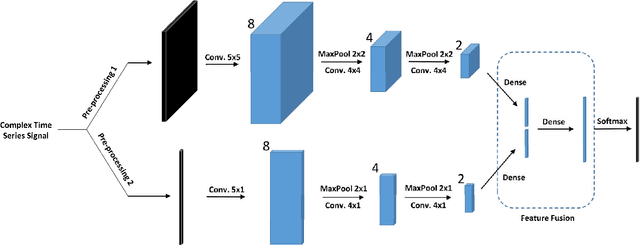
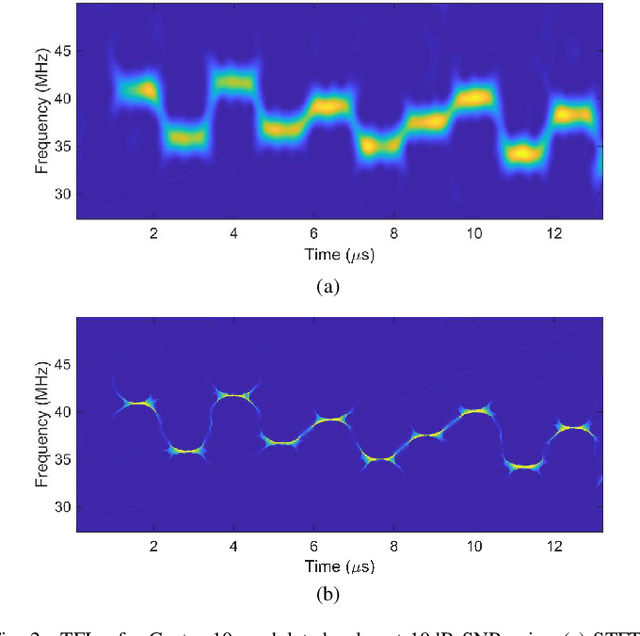
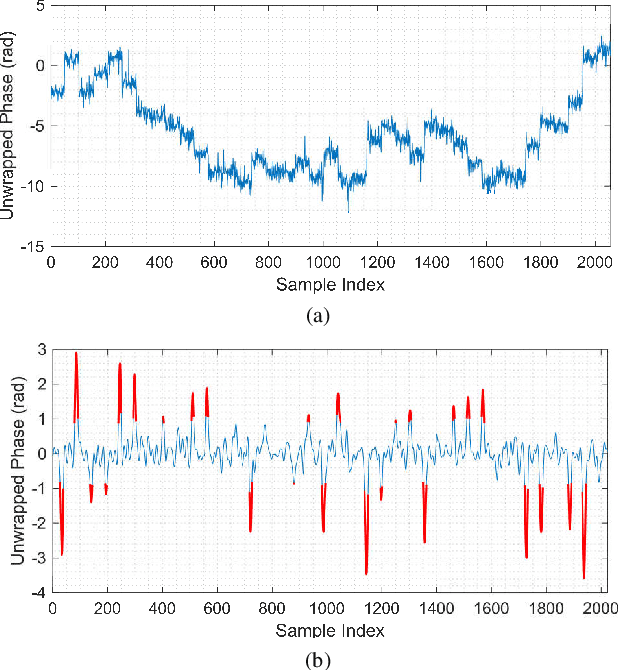
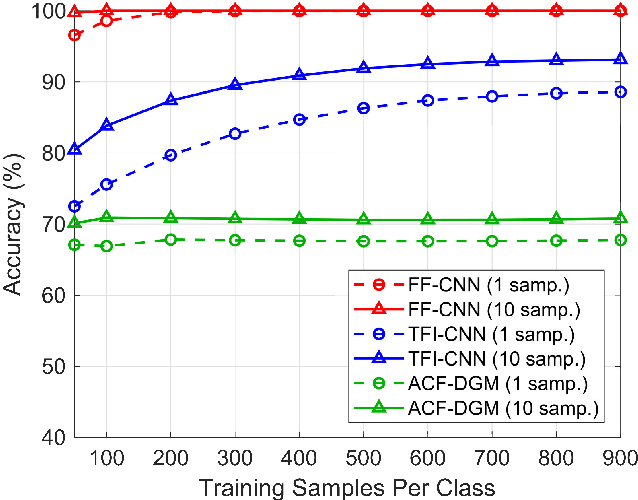
Abstract:Detection and classification of radars based on pulses they transmit is an important application in electronic warfare systems. In this work, we propose a novel deep-learning based technique that automatically recognizes intra-pulse modulation types of radar signals. Re-assigned spectrogram of measured radar signal and detected outliers of its instantaneous phases filtered by a special function are used for training multiple convolutional neural networks. Automatically extracted features from the networks are fused to distinguish frequency and phase modulated signals. Simulation results show that the proposed FF-CNN (Feature Fusion based Convolutional Neural Network) technique outperforms the current state-of-the-art alternatives and is easily scalable among broad range of modulation types.
* Published at EUSIPCO2018
Towards Goal-Oriented Semantic Signal Processing: Applications and Future Challenges
Sep 24, 2021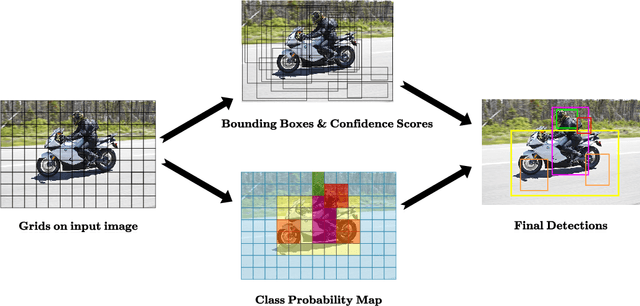
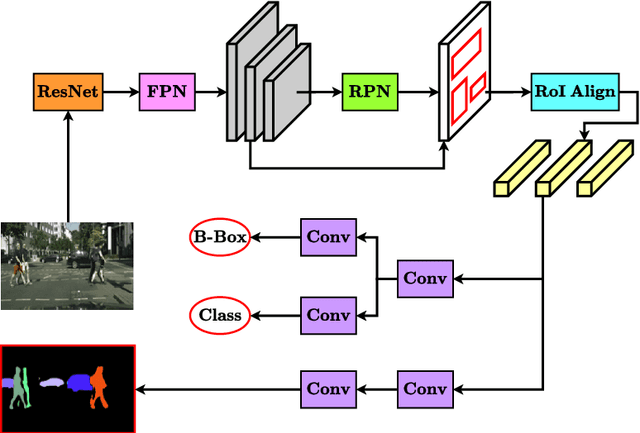

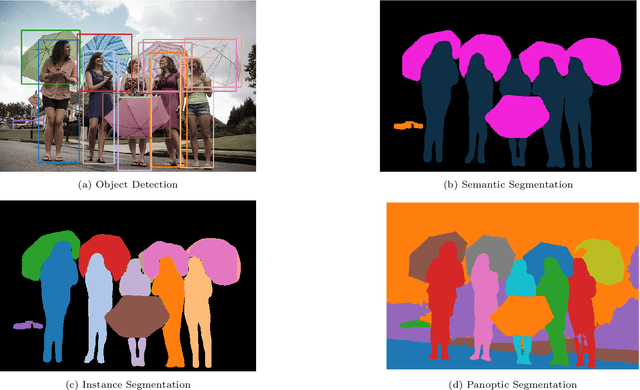
Abstract:Advances in machine learning technology have enabled real-time extraction of semantic information in signals which can revolutionize signal processing techniques and improve their performance significantly for the next generation of applications. With the objective of a concrete representation and efficient processing of the semantic information, we propose and demonstrate a formal graph-based semantic language and a goal filtering method that enables goal-oriented signal processing. The proposed semantic signal processing framework can easily be tailored for specific applications and goals in a diverse range of signal processing applications. To illustrate its wide range of applicability, we investigate several use cases and provide details on how the proposed goal-oriented semantic signal processing framework can be customized. We also investigate and propose techniques for communications where sensor data is semantically processed and semantic information is exchanged across a sensor network.
* 44 pages, 29 figures, 3 tables. This preprint will be published in the Digital Signal Processing Journal's 30th anniversary issue on Future Signal Processing
Symmetry Breaking in Neuroevolution: A Technical Report
Jul 22, 2011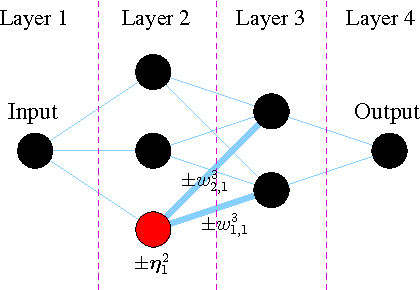

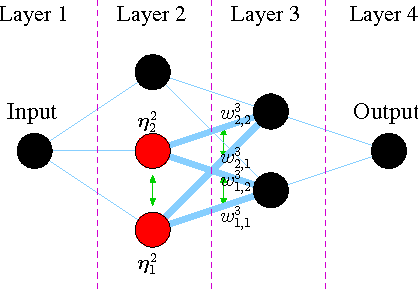
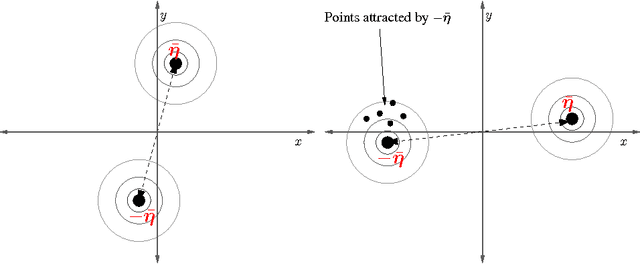
Abstract:Artificial Neural Networks (ANN) comprise important symmetry properties, which can influence the performance of Monte Carlo methods in Neuroevolution. The problem of the symmetries is also known as the competing conventions problem or simply as the permutation problem. In the literature, symmetries are mainly addressed in Genetic Algoritm based approaches. However, investigations in this direction based on other Evolutionary Algorithms (EA) are rare or missing. Furthermore, there are different and contradictionary reports on the efficacy of symmetry breaking. By using a novel viewpoint, we offer a possible explanation for this issue. As a result, we show that a strategy which is invariant to the global optimum can only be successfull on certain problems, whereas it must fail to improve the global convergence on others. We introduce the \emph{Minimum Global Optimum Proximity} principle as a generalized and adaptive strategy to symmetry breaking, which depends on the location of the global optimum. We apply the proposed principle to Differential Evolution (DE) and Covariance Matrix Adaptation Evolution Strategies (CMA-ES), which are two popular and conceptually different global optimization methods. Using a wide range of feedforward ANN problems, we experimentally illustrate significant improvements in the global search efficiency by the proposed symmetry breaking technique.
Artificial Neural Networks, Symmetries and Differential Evolution
Apr 08, 2011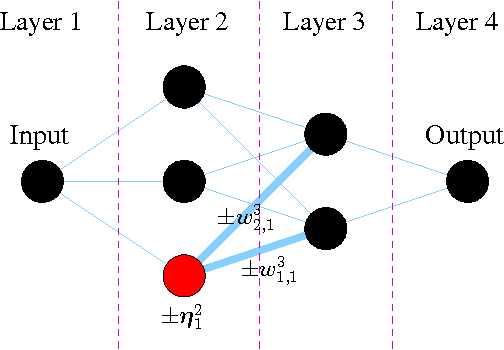
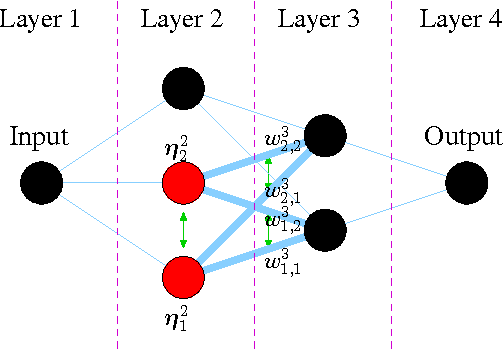
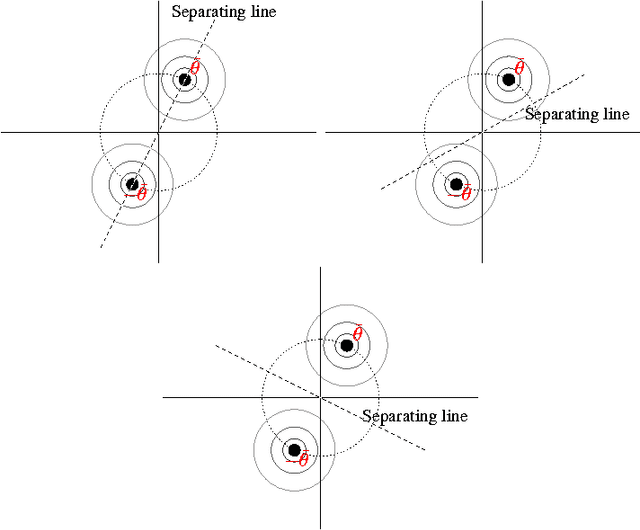
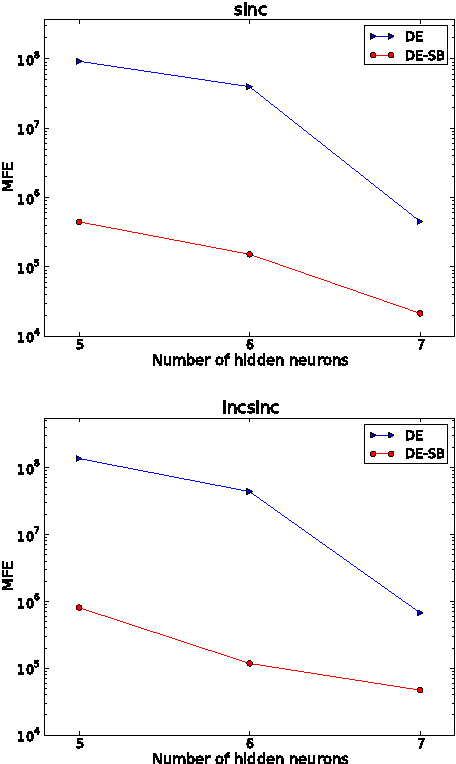
Abstract:Neuroevolution is an active and growing research field, especially in times of increasingly parallel computing architectures. Learning methods for Artificial Neural Networks (ANN) can be divided into two groups. Neuroevolution is mainly based on Monte-Carlo techniques and belongs to the group of global search methods, whereas other methods such as backpropagation belong to the group of local search methods. ANN's comprise important symmetry properties, which can influence Monte-Carlo methods. On the other hand, local search methods are generally unaffected by these symmetries. In the literature, dealing with the symmetries is generally reported as being not effective or even yielding inferior results. In this paper, we introduce the so called Minimum Global Optimum Proximity principle derived from theoretical considerations for effective symmetry breaking, applied to offline supervised learning. Using Differential Evolution (DE), which is a popular and robust evolutionary global optimization method, we experimentally show significant global search efficiency improvements by symmetry breaking.
 Add to Chrome
Add to Chrome Add to Firefox
Add to Firefox Add to Edge
Add to Edge